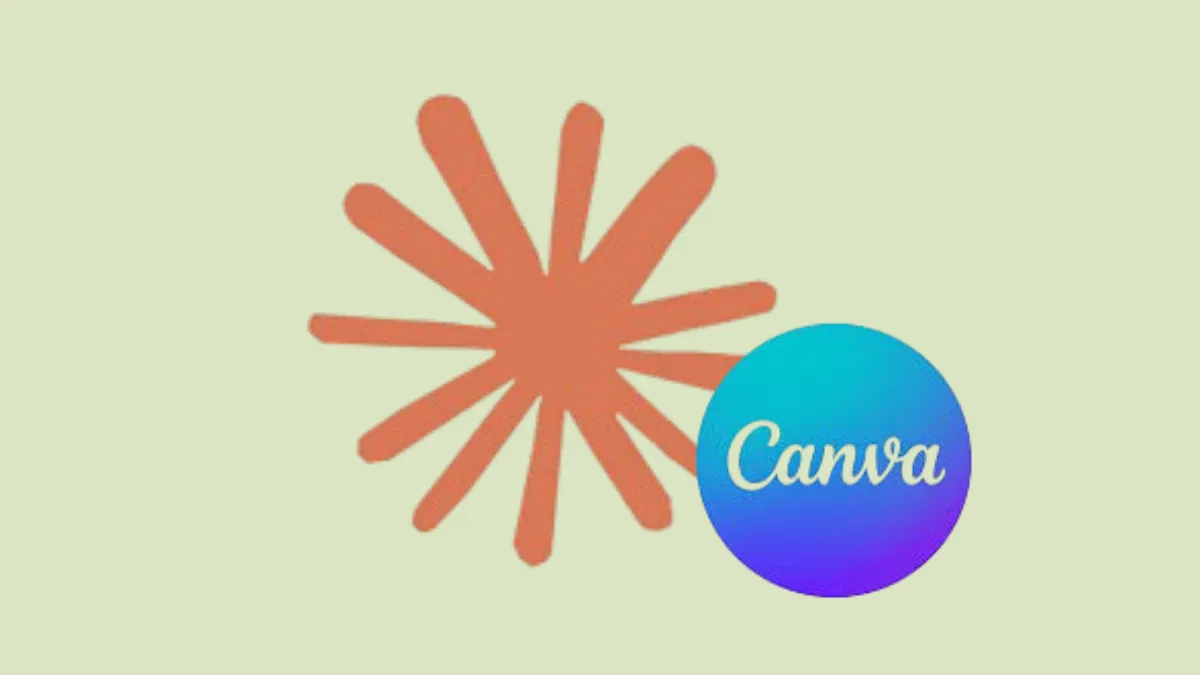Natural language commands now drive Canva’s visual design engine, thanks to Anthropic’s latest Claude integration. By connecting Claude AI to Canva, users can create presentations, resize images, autofill templates, and even summarize design documents—all without leaving the chat interface. This direct pipeline between AI and design tools cuts down on repetitive tasks and manual file transfers, streamlining creative workflows for professionals and teams alike.
How Claude Connects to Canva: The Model Context Protocol
Anthropic’s Claude relies on the Model Context Protocol (MCP), an open-source standard that acts as a universal connector between AI models and third-party platforms. MCP, often called the “USB-C port of AI apps,” allows Claude to securely access and manipulate user content in Canva. This setup eliminates the need for complicated integrations or risky data transfers—users simply toggle a setting, link their accounts, and get started.
With MCP, Claude can perform a wide range of design operations in Canva, such as generating new projects from scratch, resizing existing assets, and filling out branded templates. The protocol also enables the AI to search for specific keywords within Canva Docs and Presentations, then deliver instant summaries or pull up relevant materials on demand.
Using Claude to Design in Canva
Step 1: Link your paid Claude and Canva accounts. Both subscriptions are required: Canva starts at $15/month, and Claude at $17/month. This ensures secure access and unlocks the full suite of automation features.
Step 2: Open the Claude chat interface and connect Canva through the Anthropic Connectors Directory. This new directory, available on both web and desktop, provides a clear overview of all supported third-party tools. Locate Canva and follow the prompts to authorize access.
Step 3: Start issuing natural language commands for design tasks. For example, type “Create a sales pitch deck using our brand template” or “Resize my Q2 marketing banner to Instagram Story dimensions”. Claude interprets these prompts, executes the corresponding actions in Canva, and returns links or previews directly in the chat.
Step 4: To summarize or review existing content, use prompts like “Summarize the key points from my Product Roadmap presentation” or “Find all templates with the keyword ‘holiday’”. Claude will search your Canva workspace, retrieve the requested information, and present concise summaries or filtered lists.
Step 5: Publish or share completed designs directly from the Claude chat. Once satisfied with the output, you can instruct Claude to finalize and distribute the content, reducing the need for manual downloads or uploads between platforms.
Optimizing Design Workflows with Claude and Canva
This integration is more than a simple shortcut—it fundamentally changes how teams approach design projects. Previously, creating and editing visuals in Canva required manual uploads, repeated context-switching, and lots of copying and pasting between apps. Now, Claude acts as a command center for creative work, letting users:
- Generate new designs from scratch using detailed prompts.
- Resize and adapt assets to multiple platforms in seconds.
- Autofill templates with specific data or branded content.
- Summarize long documents or presentations for quick review.
- Search and retrieve assets by keyword or template name.
By consolidating these tasks into a single conversational interface, teams can accelerate project timelines and reduce the risk of errors from manual processes.
Expanding the AI Toolkit: Beyond Canva
Anthropic’s Connectors Directory doesn’t stop at Canva. Claude now supports integrations with other major platforms like Figma, Notion, Stripe, Prisma, and Google Drive. This means users can pull data, trigger workflows, and manage projects across their entire digital ecosystem—all within the same AI chat window. The MCP standard positions Claude as a central hub for both creative and operational tasks, with more connectors expected to roll out in the coming months.
Security and Access Considerations
Security and privacy are addressed through the MCP’s permission-based model. Only users with active subscriptions to both Claude and Canva can activate the integration, and all data transfers occur over encrypted channels. Users should review connected app permissions regularly and ensure that only trusted platforms are linked to their Claude account.
Anthropic’s Claude integration with Canva speeds up design work, cuts down on busywork, and signals a shift toward AI-driven productivity for creative teams. Expect more platforms to follow suit as MCP adoption grows.


